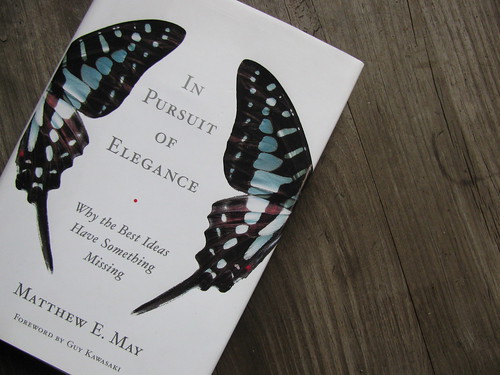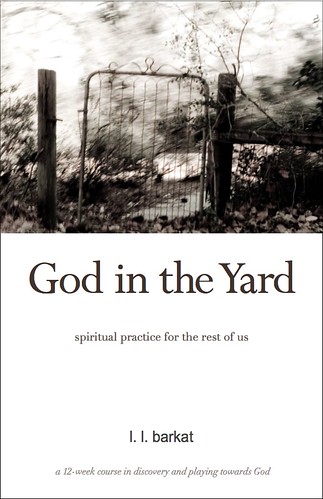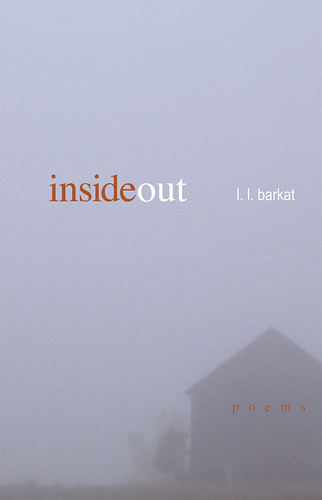Do Your Ideas Have Something Missing?

I wanted to try it out. Matthew E. May had claimed that the best ideas have something missing. Of course, making something go missing doesn't assure a good idea. But I wanted to test his theory.
So we played a game.
There were no stated rules, just loosely-related pictures (all with something missing and all from May's book). Beyond some peripheral conversations on Twitter and Facebook, there was no explanation of where it was leading. It was pure experience, more powerful than if I'd said, "Hey, did you know that missing pieces make things more interesting?"
That's what Matthew May believes. As an opening example in the book, he recalls the ending of The Sopranos. "Instead of receiving a concrete answer to the big question [of whether Tony Soprano would get 'whacked'], viewers sat shocked as, during the final seconds of the show, their television screens went black." And that was it. After a few seconds, the credits rolled.
There is more to the story, and you can read it in May's book. But, as he notes, "the point here is that no straightforward conclusion would have engaged viewers with the same intensity and debate."
So, is it worth it to make sure your ideas have something missing? I'll talk about that more in upcoming posts. But for now, I'm going missing until next week. :)
Labels: creativity, In Pursuit of Elegance, Matthew E. May















7 Comments:
Yes. For me this is about trusting your reader or audience. Too often--and Christians are the worst about this--we deliver neatly packaged morals and diatribes where everything wraps up perfectly.
Good art leaves room for mystery. It is humble. It invites readers and viewers and audiences to help create the art with their response.
In one of my lit classes in college, my professor referenced Michaelangelo's painting of Adam and God in the Sistine Chapel as an example of what makes great art, whether visual or literary. I think this aesthetic principle could also apply to ideas. In the painting, God is reaching down and Adam is reaching up, but their fingers do not touch. A tension is thus maintained that keeps the image in perpetual motion. The circle is not complete. The lovers lips have not yet met. The theological idea of "now-and-not-yet" comes to mind. Art as a reflection of life mirrors the human experience as we wait for the consummation of all things.
You're missing
missed
by those
who follow
missing
you
here.
The challenge is to not miss out on missing pieces.
Have a good missing adventure!
Just dropped by here quickly as I saw you were working up to something... beautiful butterfly. Couldn't help but smile at the missing piece in my post this week. Sharing it with you just because of the resemblance.
http://lovepats.blogspot.com/
I second what Marcus says, having benefited from some of what he showed me through his editing.
In business settings, May's claim has application, too. I was never a happy camper in any meeting where someone was presenting in a way that left no room for seeing in a different way or insisted the idea was so fully thought out that it could not be improved upon.
May's book is on my husband's shelf, btw.
Enjoy your time missing.
You always give good books to find. Just put a HOLD on this one at the library. I had not thought about an idea having something missing. I know IDEAS have consequences. Will read more when I get the book!
What an interesting title! I suspect this is a very interesting book as well. I will make note of this for my Amazon basket.
Post a Comment
<< Home